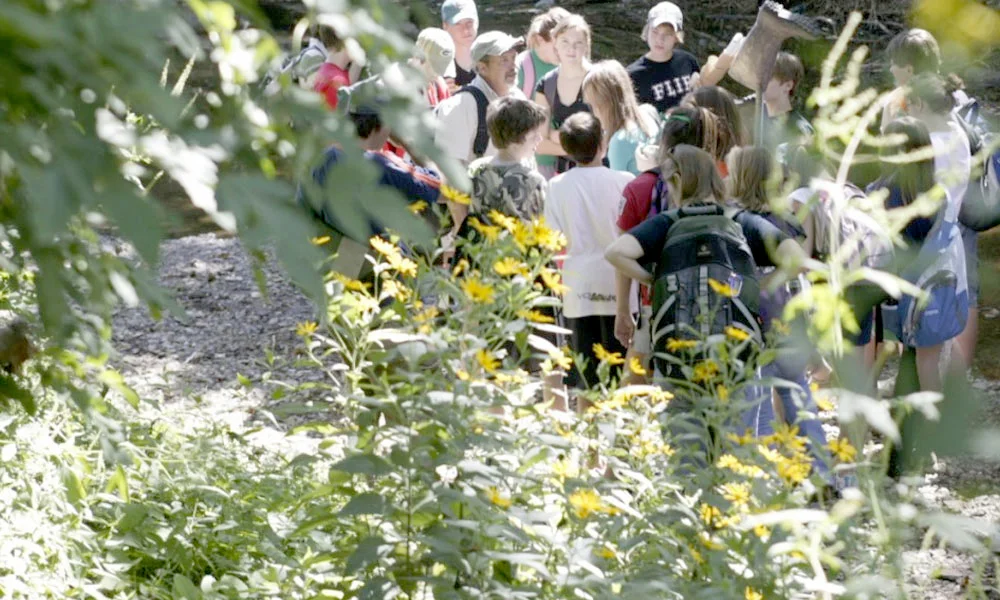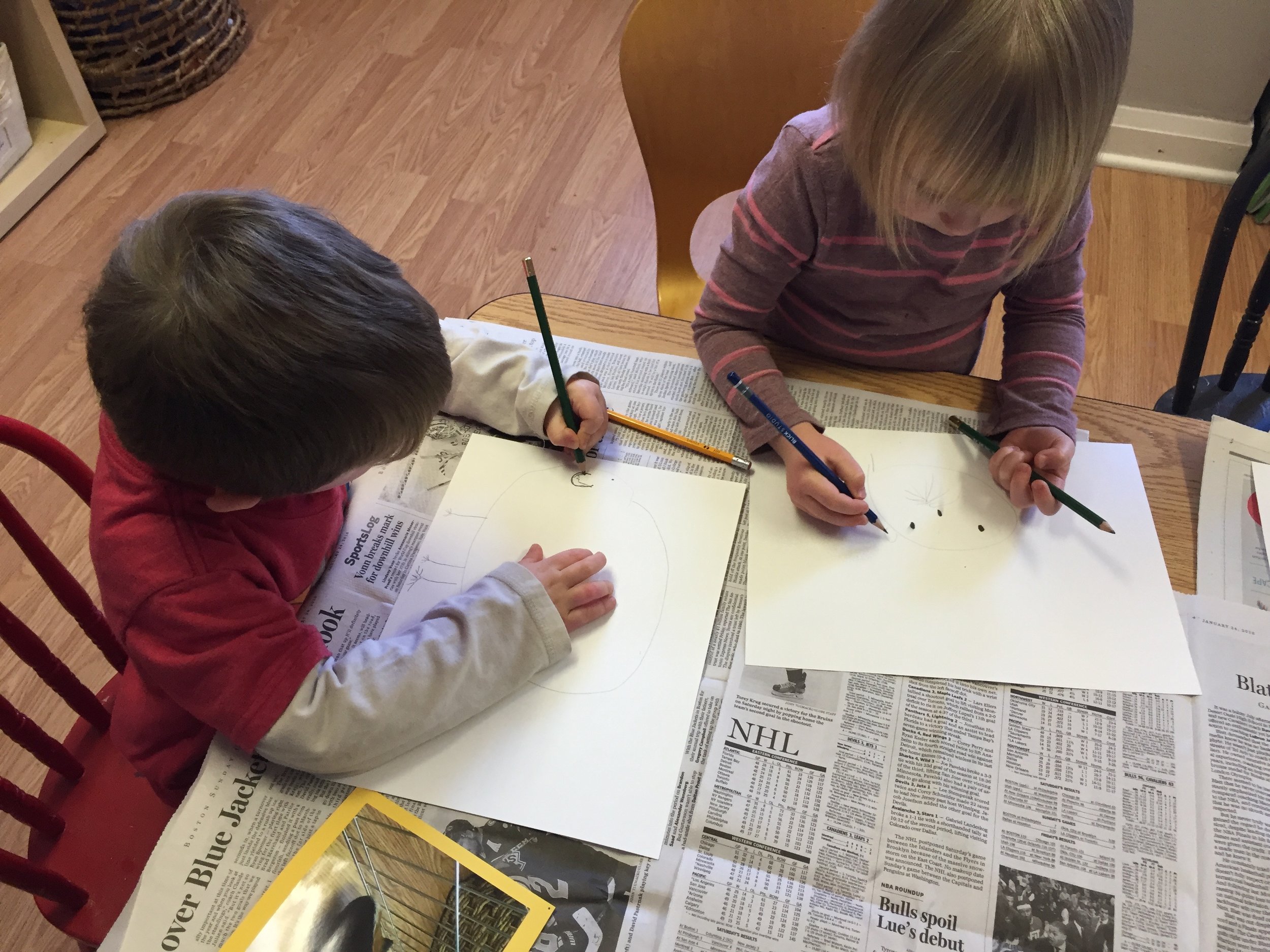 A few months ago I had an email exchange with an elementary school teacher. Here is what he asked me.
A few months ago I had an email exchange with an elementary school teacher. Here is what he asked me.
Hi Louise,
I have read several books including "Making Learning Visible" by Project Zero and "Visible Learners" by the PZ team. I have also read several books on Reggio and visited a Reggio preschool here in Atlanta called Saint Anne's. So I have a pretty good sense of what to do, but I feel overwhelmed and I don't know where to begin.
What is a simple, baby step 1, way to begin?
I will check out the books on your website.
Thank you so much.
Here is what I wrote back:
Start to have real conversations with your students and write down their ideas and perspectives. Put their quotes on the wall. (Read Talking Their Way into Science by Karen Gallas)
Take pictures of your students at work…with your phone. Or shoot a video. Print some photos… put them on the wall with their quotes and ideas about what they are thinking and learning. Take good photos and edit them to select the really good ones that communicate curiosity, joy, collaboration, skill etc. and clear subjects with uncluttered backgrounds.)
Ask your students to draw and take time to draw. Get some nice black fine line markers Sharpies from Office Depot or somewhere. Teach your students to use them confidently to draw lines. Ask them to draw objects, scenes, themselves, visual representations of what they are learning...put their drawings on the wall with their quotes and the photos of them at work…or ask them to take photos of themselves at work. Or ask them to write down each other’s ideas and have them select quotes for the wall. They are old enough to be co creators wtih you of visible learning. (Read the new second edition of In the Spirit of the Studio which I edited with others.) Look at Austin’s Butterfly video of Ron Berger doing peer critque with students. Google it. Read his book too, An Ethic of Excellence.
One last thing…study good layout and design, look at the way museums do it. Find a talented parent to help you. Find a graphic artist to help you.
You want what you put on the wall to be powerful, effective communication. Find clear push pins, don’t staple or tape if you can avoid it.
Good luck! I know you, your students, your parents and your community will be thrilled and you will model making learning visible for everyone else.
*The images in this post are from The College School, Buckingham Browne and Nichols, Lesley University and La Scuola. Click on the images to go to their websites.







 Frequently when I observe a classroom or a small group of students I become fascinated not only with the ideas that they come up with (whether with 3-4 year olds in blocks or 5th graders discussing "Matilda"), but also with their behavior, their interactions around sharing ideas.
In recent article in the New Yorker magazine, "
Frequently when I observe a classroom or a small group of students I become fascinated not only with the ideas that they come up with (whether with 3-4 year olds in blocks or 5th graders discussing "Matilda"), but also with their behavior, their interactions around sharing ideas.
In recent article in the New Yorker magazine, "

 It has been a good week in Boston. On Monday Ashley and I worked at
It has been a good week in Boston. On Monday Ashley and I worked at 





